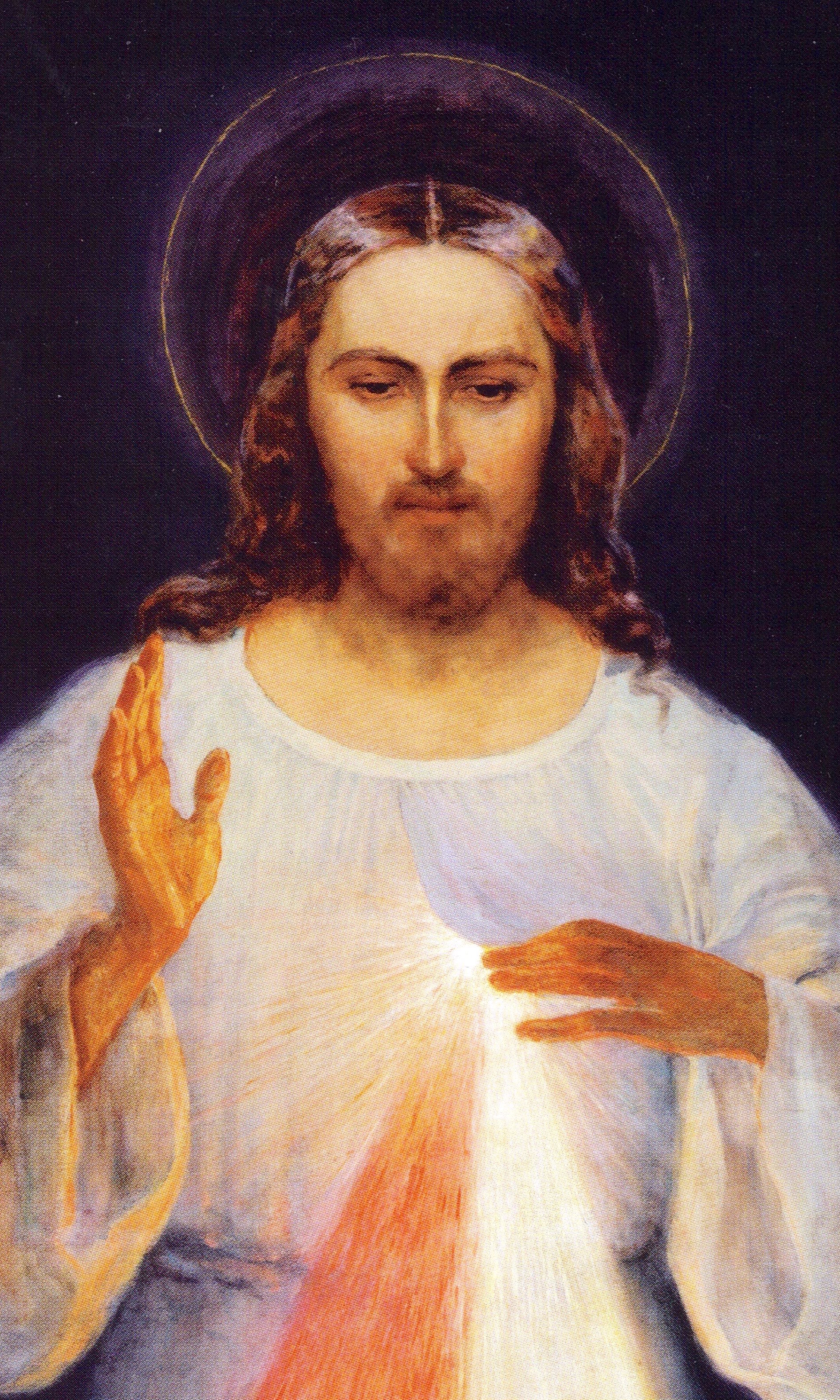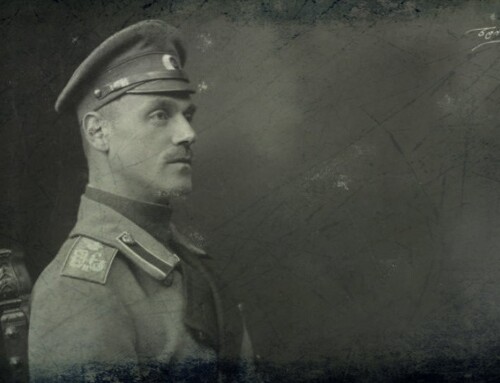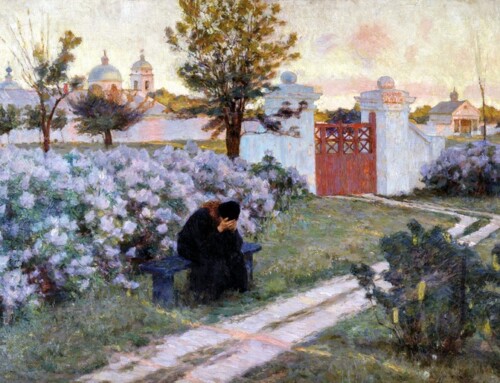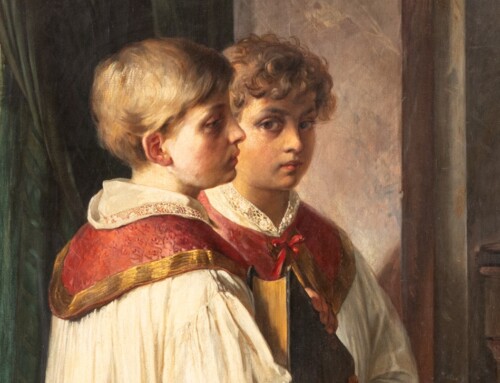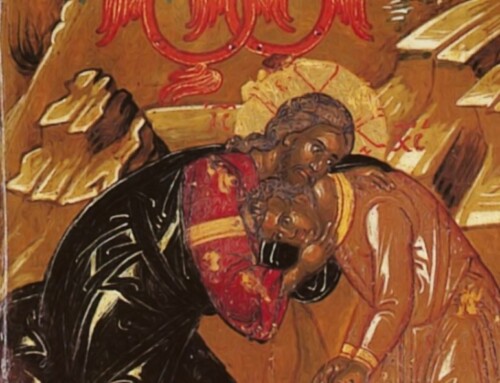At the moment of Christ’s intervention in my life, I saw the beautiful countenance of Jesus in the Image of Divine Mercy; at the time, I had no idea the history or background of the picture – even that there was such a thing. To me, it was just this shinning vision of peace and splendor that was there to save me. He was powerful, commanding, yet supremely gentle. It looked iconic, like one of the flat, gold encrusted, medieval paintings from the Eastern Church. But, it also appeared strangely comforting – a righteous judge, but also a gentle forgiver of sins. Later, I learned something about Divine Mercy: about St. Faustina, The Diary, and how the painting came to be made in Poland. The country of Poland, with its long history of Catholicism that became uniquely influenced by the continuing tradition of icons that became somewhat lost in the West. These ancient pictures depict Jesus Christ as rather distant and foreboding. For the most part, an icon sets up a semi-permeable wall: or, a miraculous window into the otherworldly; that can be traversed by those who are faithfully believe; what made the Divine Mercy Image so different was that Christ seemed to walk right through that barrier – and truly engage the adorer. He reaches out. He Blesses. In so many ways – He is the Christ on the Cross: pouring out his blood for the salvation of all sinners. To St. Fautina, concerning the Divine Mercy picture, Our Lord said: “My gaze from this image is like My gaze from the cross.”
The Divine Mercy Image as a Window into Salvation
Joseph Sciambra2017-03-10T18:30:04+00:00April 7th, 2015|Blog, Christ, Our Lady & the Saints, Jesus Loves Gay Men, Sons of St. Joseph, The Church|
